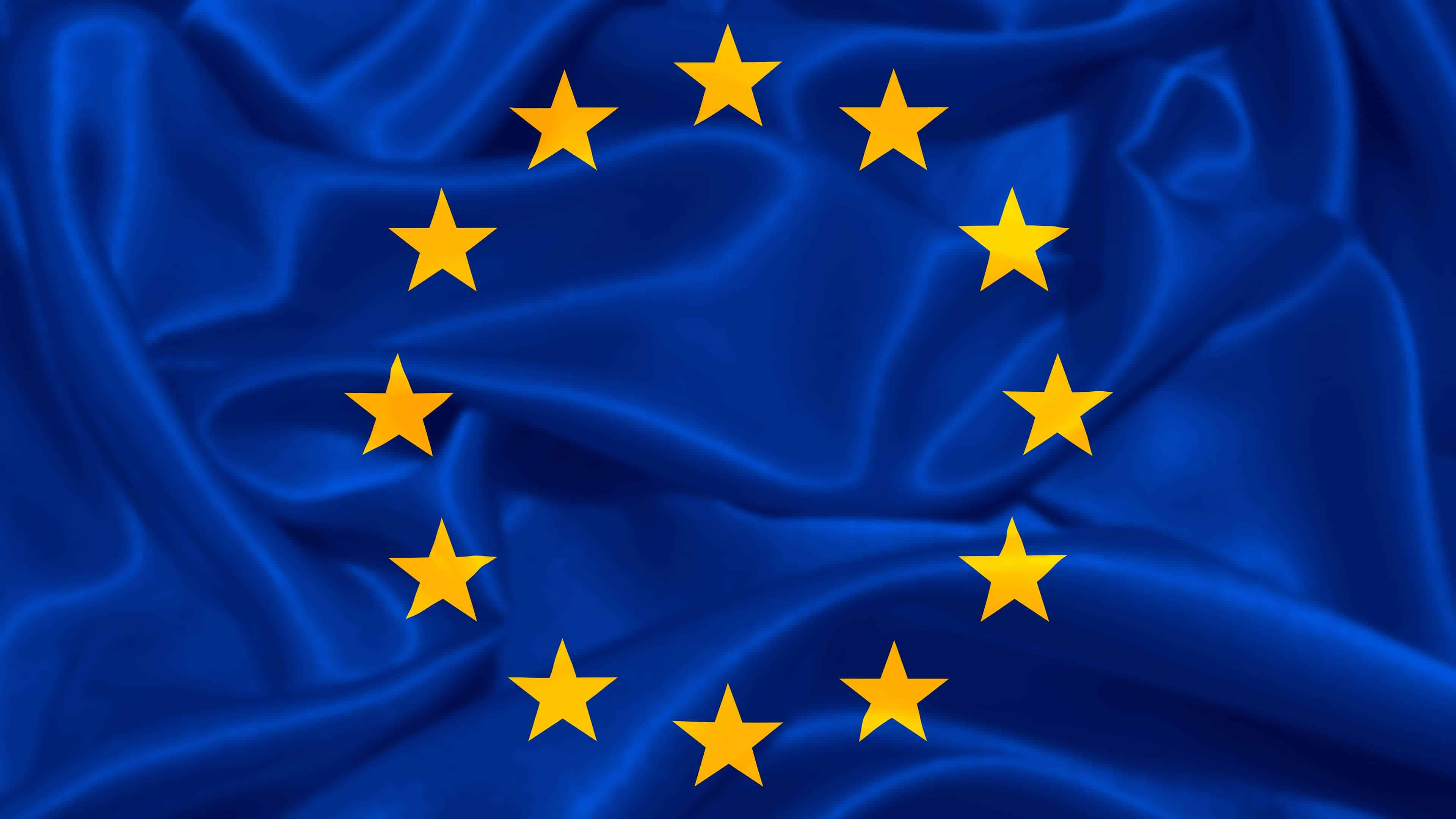The European Union’s first-ever summit with the five resource-rich states of Central Asia, will focus on critical minerals needed for a growing defense industry and the bloc’s green transformation.
The EU is taking a keen interest in Central Asia that comprises Uzbekistan, Kazakhstan, Kyrgyzstan, Tajikistan, and Turkmenistan, as realization seeped in that Europe was far too dependent on China for critical minerals.
As EU Commission President Ursula von der Leyen and European Council President Antonio Costa meet Central Asian leaders in the Uzbek city of Samarkand, sustainable development and Russia’s attempts to evade sanctions, among other issues, will be on the table.
But most attention will be paid to infrastructure development required to tap into the region’s valuable resources.
…
The European Institute for Asian Studies (EIAS) noted that the potential for production expansion is significant. “Kazakhstan currently produces 19 of the EU’s 34 critical raw materials and is poised to expand to 21. Uzbekistan ranks as the world’s fifth-largest uranium supplier and is also rich in silver, titanium, molybdenum, and gold,” it found
.
Experts say the EU’s efforts are aimed at infrastructure development to help Central Asia extract these minerals in a sustainable way and, in turn, help the EU diversify its supplies.
“The EU offers something different than China and the US, and that’s joint ventures with Central Asian companies,” Vesterbye said, “That means more investments, industrialization, and growth for local businesses. That’s music to the ears of Central Asian leaders.”
…
The region is a big part of the EU’s €300-billion ($324-billion) Global Gateway Project that is billed as a rival to China’s Belt and Road Initiative and focuses on developing the Trans-Caspian International Transport Route (TITR). This corridor will improve connectivity between the EU and Central Asia and cut travel time to 15 days.
…

